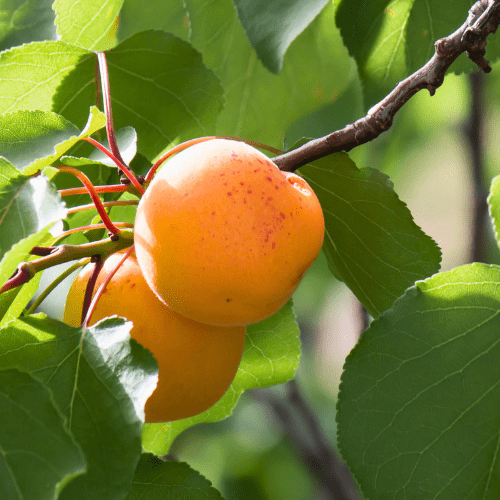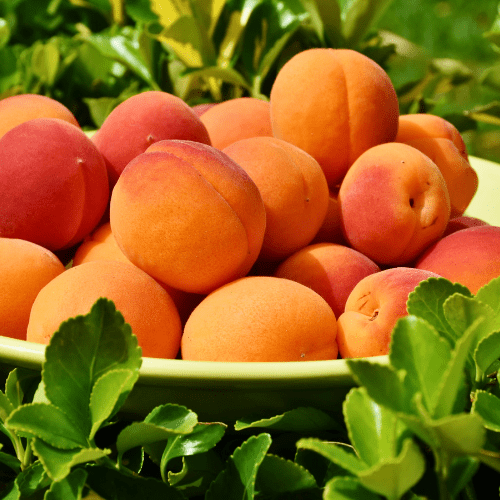Position
Loquat trees need full sun to provide more fruit and to grow fast. They can tolerate some shade but will not be as productive.
Size
This tree grows about 7 metres tall with a canopy that spreads 4 to 5 metres wide. Plan the site before planting and keep the tree away from external walls, electrical lines and other trees.
Soil Type
Loquats prefer slightly acidic soil with a pH of between 5.5 and 6. Add a bag of acid compost to the soil, along with half a bag of our Volcanic Rock Dust (R25 per bag) and a bag of Superfrass (R25 per bag). This combination will facilitate rapid growth while also protecting the roots from insect damage.
Watering
Water your loquat tree every second day after transplanting it for the first week. Thereafter, reduce your watering to twice a week in dry or hot weather for the next 2 to 3 months. Once the tree is established, do not water it close to the trunk of the tree. Water it every couple of weeks if there is no rain. Too much water can cause root rot.
Use our slow-release nitrogen-rich all plant fertiliser Apply 1 teaspoon every 4-5 months. The roots will absorb what they required.
Mulching
This tree has shallow roots. Good mulch helps to keep the roots moist and protected from harmful UV rays. Mulch also adds nutrients to feed the plant. Use pine bark mulch to maintain the soil’s pH and add organic matter to the soil.
It is essential to keep the mulch about 5 centimetres away from the stem. If it touches the plant, it may cause the branches to rot and get infected.
Fertilising
Apply 1 teaspoon of our slow-release nitrogen-rich berry fertiliser every 4-5 months.
Pruning
Prune the top and sides of your loquat tree regularly in spring and early autumn to prevent it from growing too large. This will also allow light into the centre of the tree, making it easier to harvest the fruit. Cut out dead or diseased branches completely whenever they appear and dispose of them immediately.
Pests and Diseases
Spraying regularly with Agricultural Neem Oil or Effective Microorganisms (EM) Control will assist in either prevention or after-the-fact treatment. If you already have aphids, mites, or mildew, wash the tree with a strong hose. When dry, spray with Neem oil or EM Control. Consistency is key.
Harvesting
Wait for the loquats to change from green to yellow. They are ripe when they pull off the stem easily and are slightly soft to the touch.








